Our Innovation
Clinical Need
Posterior spinal fusion generally successfully stabilizes the spine, reduces pain and prevents further deformity. Yet, in a considerable number of cases the mechanical loads placed on the instrumentation exceed the loading capacity of the surrounding bone inducing loosening of the pedicle screws [1]. The resulting improper fixation of the instrumentation may cause patient discomfort and may require revision surgery. The use of bone cement during the index surgery however, reduces the risk of screw loosening 25-fold and virtually eradicates the problem [2]. Unfortunately, bone cement introduces its own set of complication risks with pulmonary embolism due to cement leakage being among the most severe [3]. To date, the surgeon largely must rely on personal experience rather than well-founded quantitative evidence when deciding on the optimal treatment strategy for the patient.
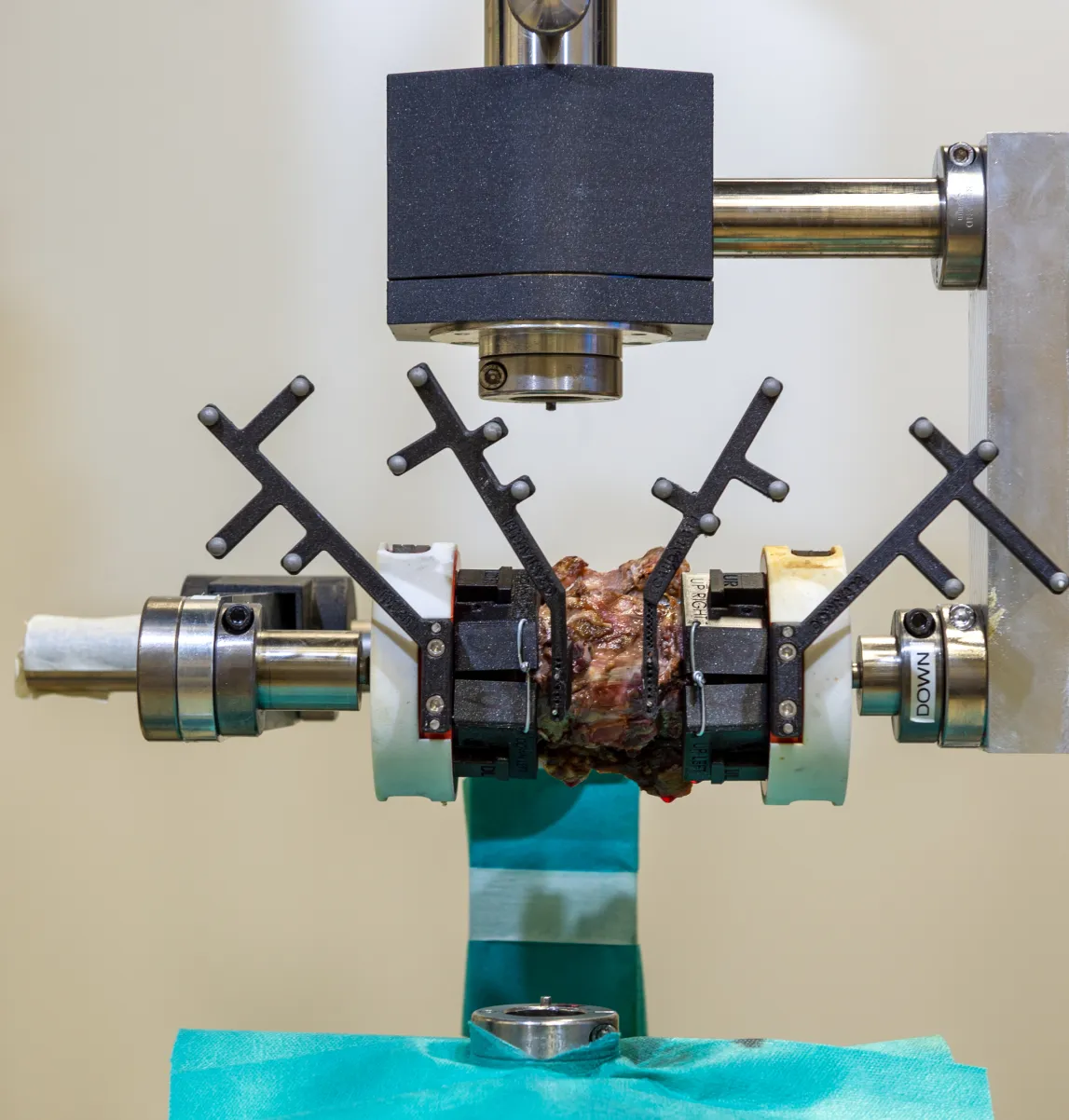
Screw-only spinal fixation
- Simpler, Less costly
- Risk of screw loosening
Cement-augmented spinal fixation
- High mechanical stability
- Risk of cement leakage
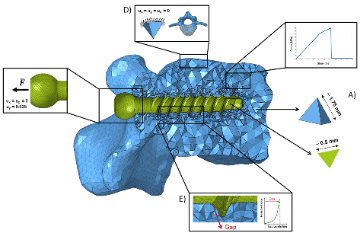
Scientific Foundation
In the past years, we studied the biomechanics of spinal fusion in the lab, in the clinic and established theoretical frameworks for computational modeling.
our Solution
We employ a simulation pipeline garnering the output from various modeling frameworks to simulate the mechanical environment of the instrumentation and relate this to the loading capacity of the surrounding bone. Using a clinical reference dataset, we derive the risk of loosening of each included screw over the medium-term postoperative period.

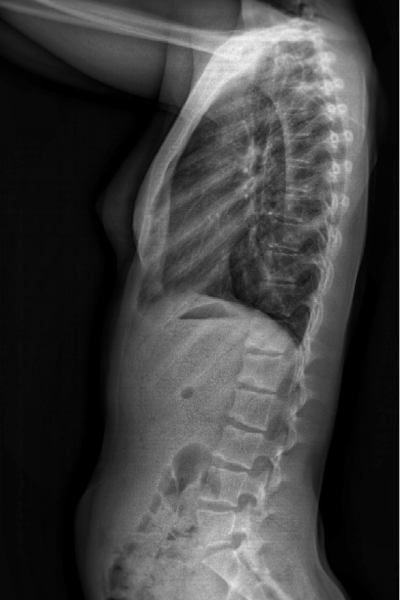

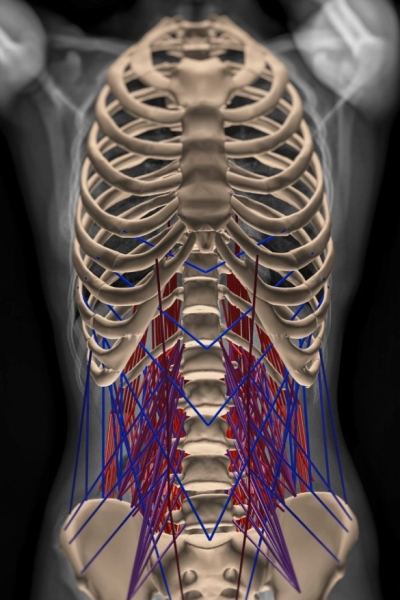

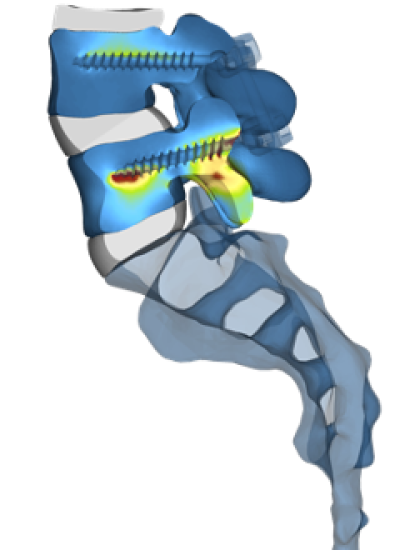
[1] Marie-hardy, L., Pascal-moussellard, H., Barnaba, A., Bonaccorsi, R., & Scemama, C. (2020). Screw Loosening in Posterior Spine Fusion: Prevalence and Risk Factors. 10(5), 598–602.
[3] J. Zhang, G. Wang, and N. Zhang, “A meta-analysis of complications associated with the use of cement-augmented pedicle screws in osteoporosis of spine,” Orthopaedics & Traumatology: Surgery & Research, vol. 107, no. 7, p. 102791, Nov. 2021.
[2] Kim, J. H., Ahn, D. K., Shin, W. S., Kim, M. J., Lee, H. Y., & Go, Y. R. (2020). Clinical Effects and Complications of Pedicle Screw Augmentation with Bone Cement: Comparison of Fenestrated Screw Augmentation and Vertebroplasty Augmentation. 194–199
